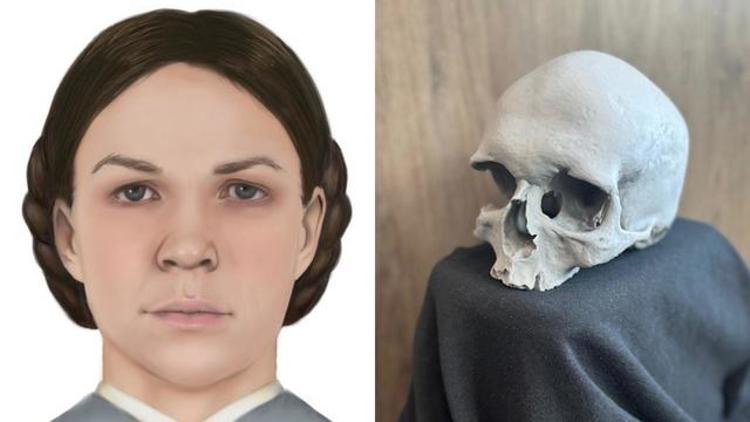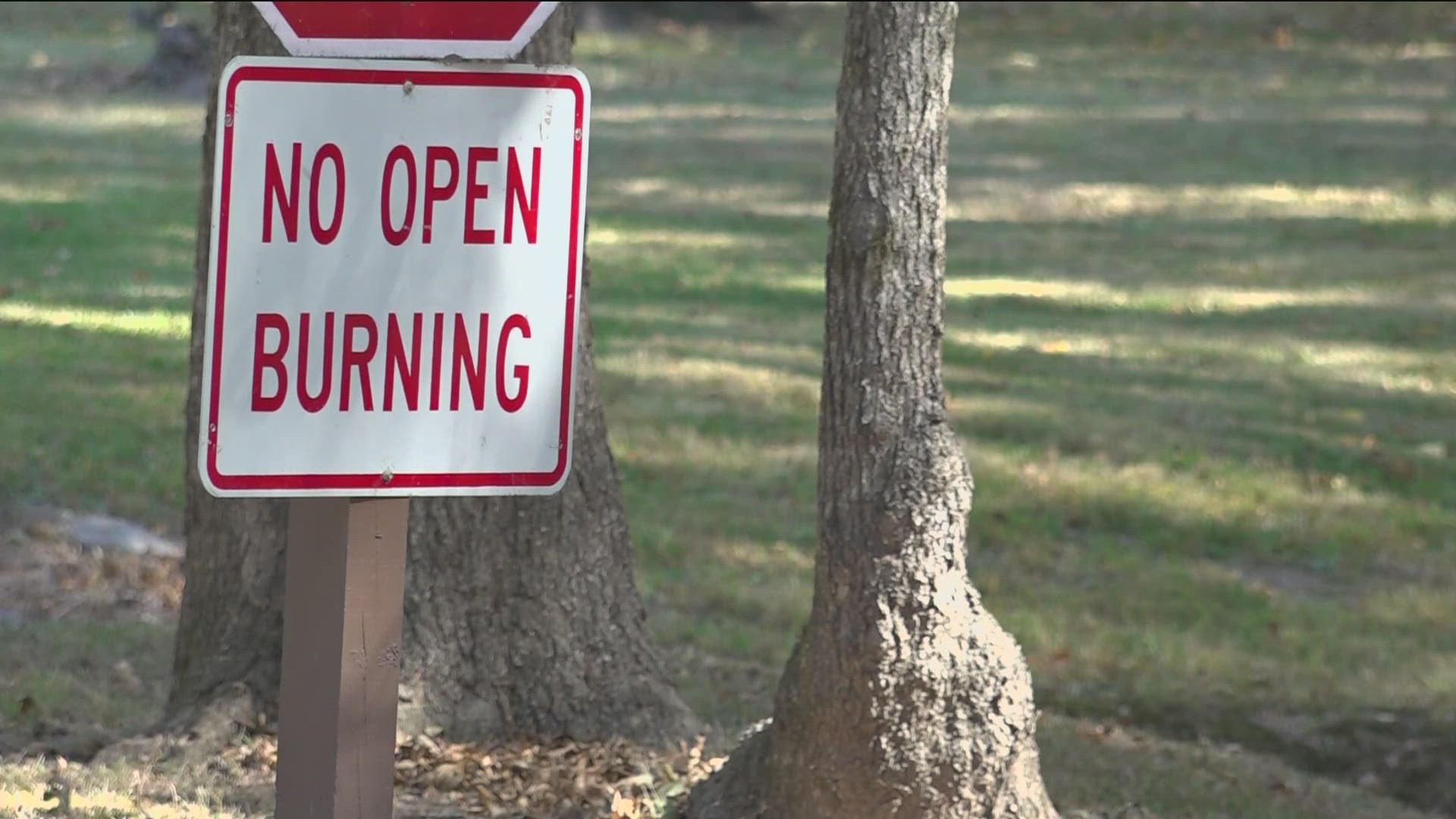ILLINOIS, USA — Authorities in Kane County finally solved a cold case dating back 46 years, when a human skull was found during a home renovation project in Batavia in 1978.
The Kane County Coroner's Office said the skull has been identified as Esther Granger, a 17-year-old girl who died in Indiana, in May 1866—a year after the end of the Civil War. Authorities believe she died from complications during childbirth.
The mystery was solved by advancements in science—specifically extracting DNA from skeletal remains and then tracing it to find relatives.
A couple remodeling their home on Wilson Street in Batavia found what appeared to be a human lower jaw inside a wall. Police later found a partial skull inside the same wall. The bones were sent to the anthropology department at Northern Illinois University, which confirmed the bones were human, and likely dated back much further than 1978.


The skull was later donated to the Batavia Historical Society, and it remained at the Batavia Depot Museum until 2021. At that point, it was turned over to Batavia police, and then the Kane County Coroner, in hopes of identifying the remains.
With the assistance of Texas-based Othram, which specializes in forensic genetic genealogy, the coroner's office was able to use modern DNA technology to identify the remains.
The Houston-based laboratory broke its old record when they traced the DNA from the skull to Granger. Before Granger, the longest-deceased person they had identified through DNA was a murder victim from 1881.
"There's so many unidentified remains in the United States right now—40,000 unidentified remains," Othram chief development officer Kristen Mittleman said in January 2023.
Officials tracked down Granger's second great-grandchild, who provided a DNA sample to confirm the identity of her remains.
The great-great grandson in question, Wayne Svilar, a retired police sergeant from Portland, Oregon. He is glad his great-great grandmother is finally at rest.
"And I do feel like the sense of closure, and the respect that we've shown Esther in this process has given me a lot of satisfaction," Svilar said.
It's still a mystery how Granger's remains ended up in Batavia. Kane County Coroner L. Robert Russell said his cold case team's investigation determined Granger died at the age of 17. But she didn't die in Batavia—she was from Indiana, and she was buried there too.
Russell theorized that the girl might have been the victim of a grave robbery after she died, or that doctors at the time of her death might have purchased her remains to learn more about human anatomy.
The City of Batavia paid for Granger's burial at a cemetery in Lake County, Indiana. Othram, the lab in this case is also working on several high-profile unsolved murder cases, including the 1982 Chicago area Tylenol murders.


